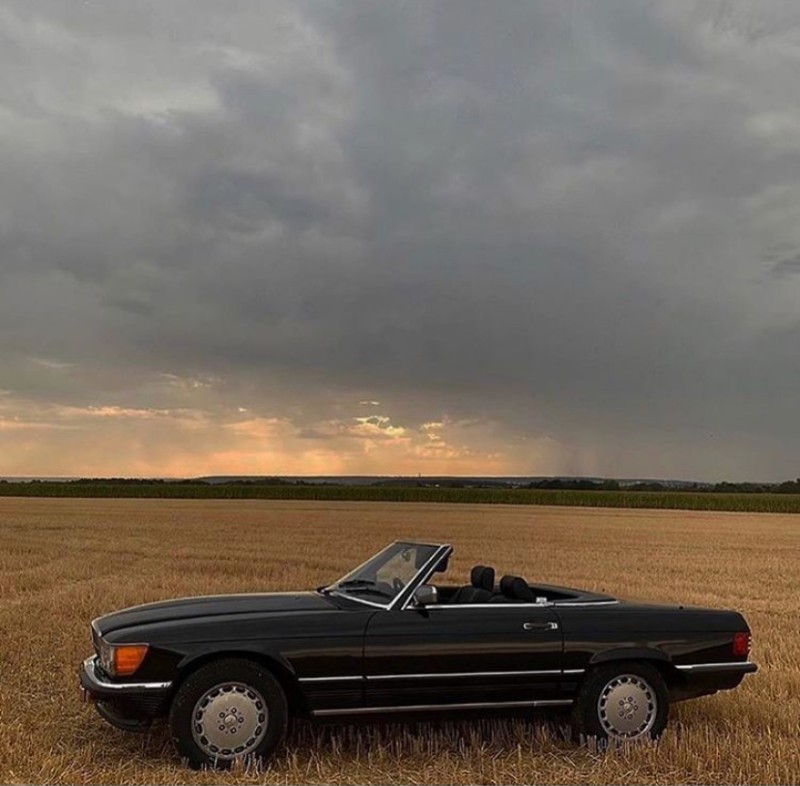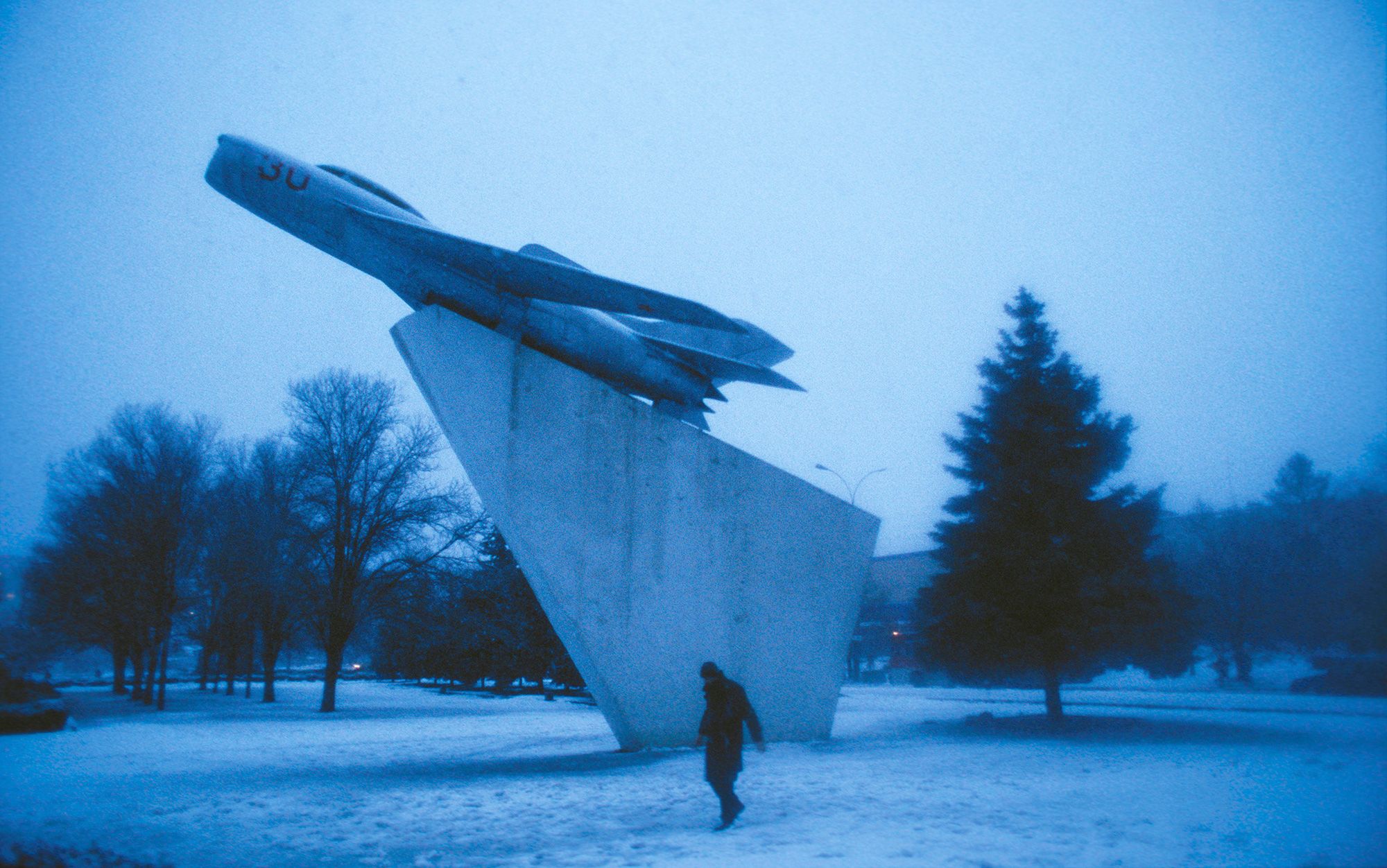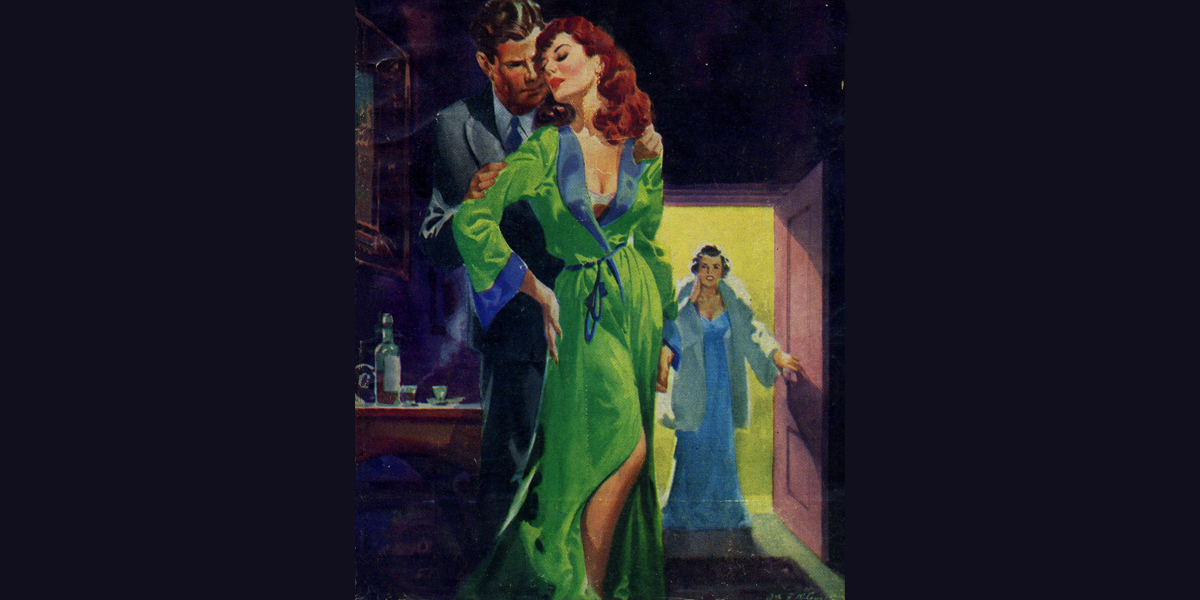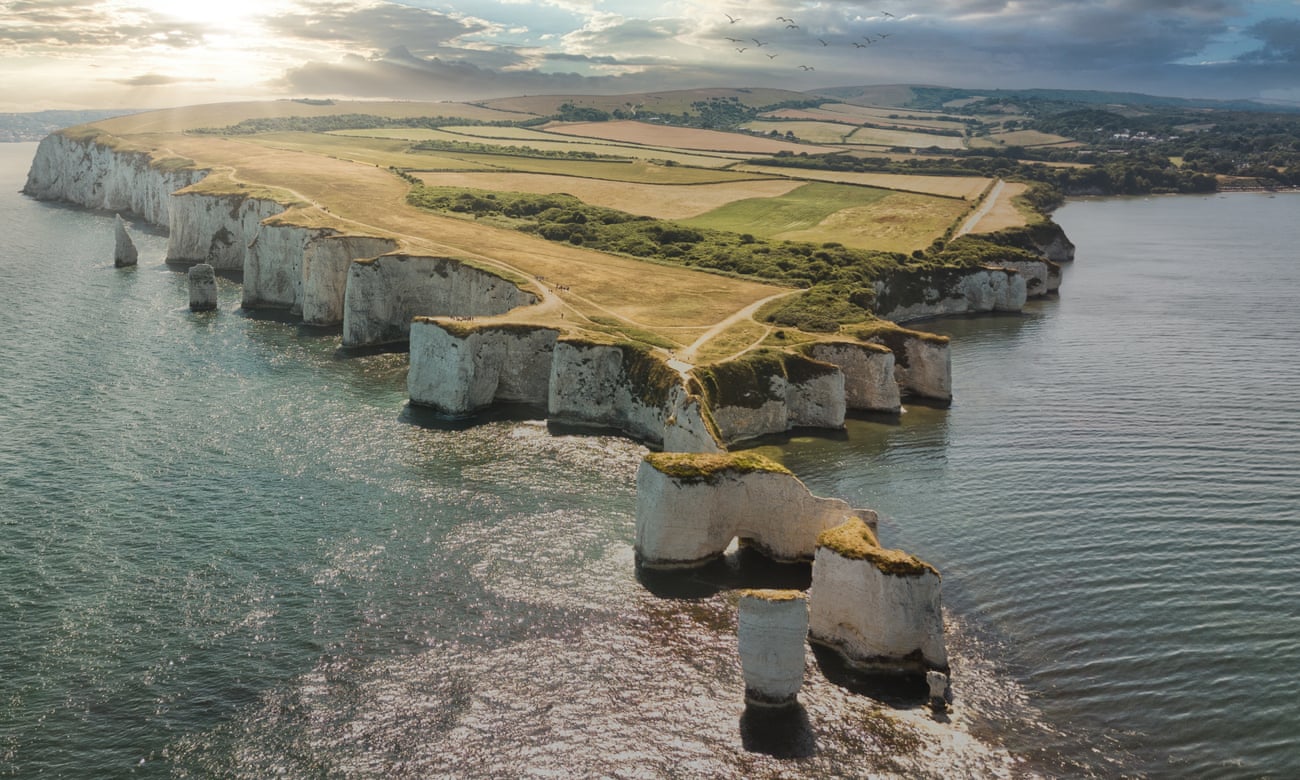A few years ago, my friend wrote a letter to the novelist Rick Moody. She did this because she had become too sick to write, but still felt strongly that she was a writer, even if there seemed to be an unbridgeable gap between the present and the way her life had been. She also did this because Moody, the author of “The Ice Storm,” was now an advice columnist. In his “Life Coach” column on Literary Hub, Moody told my friend that she should appreciate the tang of fresh mint in a salad and try to understand her writing, at whatever scale she could manage it, as “an honest gesture” toward “cataloguing what you feel and who you are capable of being now.” As I read the column, I felt disappointed for my friend, who had been through so much and was now being told to enjoy garnishes more. And yet she was extremely satisfied with this response. Because Rick Moody also told her that she was brave, that her letter was itself a moving act of literature, that she was, even through terrible suffering and the stasis of illness, still a writer. Rick Moody was, in other words, a surprisingly good advice columnist.
Read the rest of this article at: The New Yorker
One way of looking at human creativity is as a process of pulling balls out of a giant urn. The balls represent ideas, discoveries and inventions. Over the course of history, we have extracted many balls. Most have been beneficial to humanity. The rest have been various shades of grey: a mix of good and bad, whose net effect is difficult to estimate.
What we haven’t pulled out yet is a black ball: a technology that invariably destroys the civilisation that invents it. That’s not because we’ve been particularly careful or wise when it comes to innovation. We’ve just been lucky. But what if there’s a black ball somewhere in the urn? If scientific and technological research continues, we’ll eventually pull it out, and we won’t be able to put it back in. We can invent but we can’t un-invent. Our strategy seems to be to hope that there is no black ball.
Thankfully for us, humans’ most destructive technology to date – nuclear weapons – is exceedingly difficult to master. But one way to think about the possible effects of a black ball is to consider what would happen if nuclear reactions were easier. In 1933, the physicist Leo Szilard got the idea of a nuclear chain reaction. Later investigations showed that making an atomic weapon would require several kilos of plutonium or highly enriched uranium, both of which are very difficult and expensive to produce. However, imagine a counterfactual history in which Szilard realised that a nuclear bomb could be made in some easy way – over the kitchen sink, say, using a piece of glass, a metal object and a battery.
Read the rest of this article at: aeon
At last, Josiah Elleston-Burrell’s last day at school. It was 13 August 2020, a Thursday in the middle of a dismal pandemic-struck summer, and Elleston-Burrell had returned to St Joseph’s College in Croydon for one final visit, to collect his A-level grades. Tall and serene, well known on campus for wearing clothes of his own design, Elleston-Burrell had on a pale grey top that he’d customised with flecks of green and pink dye, his Nikes tactfully coordinated. At 19, he was one of the oldest pupils enrolled at St Joseph’s, such a veteran of this south London state school that younger kids sometimes swerved towards him in the corridors to reach out their fists in mute respect. Today, he took a shortcut into school, avoiding the crowds and walking up a service road that snaked between the chapel and a sports pitch. He was eager to be in and out quickly, the sooner to end a stalled career as a schoolboy and get under way on everything else – his uni years, job years, whatever life held next.
It was an odd time for young people coming to the end of their secondary-school educations. Exams had been cancelled because of Covid-19. All across England, a new scheme of judging, grading and sorting 2020’s school leavers had been rigged up in replacement. Details of the scheme were opaque. All Elleston-Burrell knew was that he had to go to an upstairs corridor in the maths department to collect an envelope containing his grades. He hurried across the playground.
Read the rest of this article at: The Guardian
Tolstoy was a moralist. He wrote one novel—Anna Karenina—in which infidelity ends in death, and another—War and Peace—in which his characters endure a thousand pages of political, military and romantic turmoil so as to eventually earn the reward of domestic marital bliss. In the epilogue to War and Peace we encounter his protagonist Natasha, unrecognizably transformed. Throughout the main novel, we had known her as temperamental, beautiful and reflective; as independent, occasionally to the point of selfishness; as readily overwhelmed by ill-fated romantic passions.
Marriage and motherhood turn out to sap Natasha’s interest in music, in parties, in dance, in her appearance; in fact they seem to sap her interest in having interests of her own. In her new life, she self-consciously and gladly subordinates her mind to her husband’s, and finds the fulfillment of her domestic duties both thoroughly rewarding and utterly absorbing. All of this makes her, in Tolstoyan ethics, “an exemplary wife and mother.”
There is only one moment in the epilogue in which we catch a glimpse of the old Natasha. Her husband Pierre has just come home from a trip, and Natasha launches into a speech that begins as a dutiful affirmation of the advantages of marital stability over mere romance—
“What stupidity,” Natasha said suddenly, “that the honeymoon and the first time is the happiest. On the contrary, now it’s best. If only you didn’t go away. Remember how we quarreled? And it was always my fault. Always. And what we quarreled about—I don’t even remember.”
“Always the same thing,” said Pierre, smiling, “jealo…”
“Don’t say it, I can’t bear it,” Natasha cried. And a cold, angry gleam lit up in her eyes. “Did you see her?” she added, after a pause.
“No, and if I had, I wouldn’t have recognized her.”
They fell silent.
Read the rest of this article at: The Point
In the British Geological Survey’s map, chalk is represented by a swathe of pale, limey green that begins on the east coast of Yorkshire and curves in a sinuous green sweep down the east coast, breaking off where the Wash nibbles inland. In the south, the chalk centres on Salisbury Plain, radiating out in four great ridges: heading west, the Dorset Downs; heading east, the North Downs, the South Downs and the Chilterns.
Stand on Oxford Street in the middle of the West End of London and beneath you, beneath the concrete and the London clay and the sands and gravels, is an immense block of white chalk lying there in the darkness like some vast subterranean iceberg, in places 200 metres thick. The Chalk Escarpment, as this block is known, is the single largest geological feature in Britain. Where I grew up, in a suburb of Croydon at the edge of south London, this chalk rises up from underneath the clays and gravels to form the ridge of hills called the North Downs. These add drama to quiet streets of bungalows and interwar semis: every so often a gap between the houses shows land falling away, sky opening up, the towers and lights of the city visible far in the distance.
The British Geological Survey (BGS) was established (as the Ordnance Geological Survey) in 1835. The world’s first national geological survey, its original remit was to survey the country and produce a series of geological maps. Today, the BGS, which still produces the “official” map of the UK’s geology, is best described as a quasi-governmental organisation split between research, commercial projects and “public good”. Quite a lot of its work is now done outside Britain: at the time of writing, projects include studies of groundwater in the Philippines and volcanic activity in the Afar region of Ethiopia.
One week in early October, four members of the BGS set up camp in a self-catering cottage near the town of Tring in the Chiltern Hills, about halfway between London and Oxford. They were on a training exercise as part of a project to produce a new geological map of the chalk of southern England. On the day I arrived, the wooden table in the main room was covered with maps, books, a half-drunk bottle of red wine and a packet of chocolate digestives. Field leader Andrew Farrant, tall and thin, with steel-rimmed glasses, was drinking a cup of tea. He had a sort of leather holster attached to his trousers, from which swung a geological hammer with a surprisingly wicked-looking long, pointed end.
Read the rest of this article at: The Guardian









